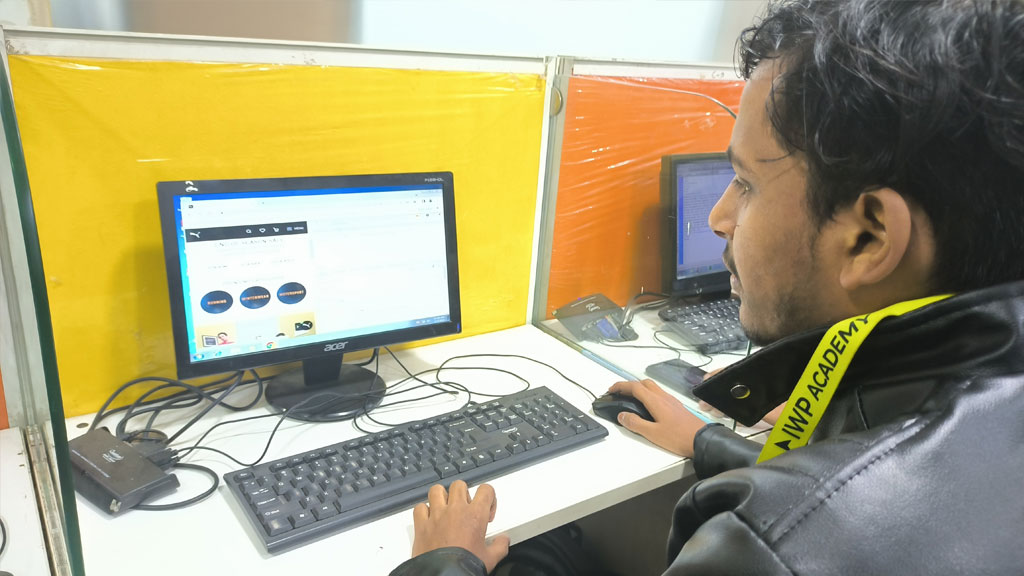Introduction: In a digital age where visuals and interactive content reign supreme, the realm of multimedia has become a dynamic and indispensable part of various industries. If you possess a passion for creating engaging and immersive experiences through a blend of graphics, audio, and interactive elements, enrolling in a multimedia course might be the key to unlocking your creative potential. In this blog post, let’s delve into the exciting world of multimedia courses, exploring what they entail and how they empower individuals to become versatile creators in the digital landscape.
- Introduction to Multimedia Courses: Multimedia courses are designed to equip individuals with the skills and knowledge to create compelling content that combines various media elements. Whether it’s graphic design, audio production, video editing, or interactive design, these courses provide a comprehensive foundation for navigating the multifaceted world of multimedia.
- Graphic Design and Visual Communication: At the heart of multimedia is graphic design, where visual elements convey powerful messages. Multimedia courses often include modules on graphic design principles, color theory, and the use of design software like Adobe Creative Suite. Explore the art of creating stunning visuals that captivate audiences across various platforms.
- Video Production and Editing: Video is a dominant force in multimedia content. Courses delve into video production techniques, from scripting and shooting to editing and post-production. Learn how to tell compelling stories through video, enhance visual appeal, and optimize content for diverse digital platforms.
- Audio Production and Editing: Sound plays a crucial role in multimedia, and courses often cover the essentials of audio production and editing. Explore the world of sound design, music composition, and voiceover techniques to create audio elements that complement and enhance multimedia projects.
- Interactive Design and User Experience (UX): Interactive multimedia is about engaging audiences, and courses may include modules on interactive design and user experience. Learn the principles of creating user-friendly interfaces, incorporating interactive elements, and optimizing the overall user experience across websites, apps, and other digital platforms.
- Animation and Motion Graphics: Animation adds a dynamic dimension to multimedia content. Courses may explore the fundamentals of animation and motion graphics, covering everything from character animation to special effects. Develop skills in software like Adobe After Effects to bring static visuals to life.
- Web Design and Development: In the digital landscape, web presence is crucial. Multimedia courses often include elements of web design and development, teaching students how to create visually appealing and functional websites. Explore coding languages, content management systems, and responsive design for a holistic understanding of web development.
- Portfolio Development and Industry Insights: Building a strong portfolio is essential for showcasing your skills to potential employers or clients. Multimedia courses often guide students in creating a portfolio that highlights their diverse abilities. Additionally, courses may provide insights into industry trends, best practices, and real-world projects to prepare students for the dynamic multimedia landscape.
Conclusion: Enrolling in a multimedia course is not just about acquiring technical skills; it’s a journey into the realm of creativity, innovation, and digital storytelling. Whether you aspire to become a graphic designer, video editor, animator, or interactive designer, a comprehensive multimedia course equips you with the tools to thrive in the fast-paced and ever-evolving digital world. Embrace your creativity, refine your skills, and embark on a fulfilling journey that celebrates the art of multimedia creation.

